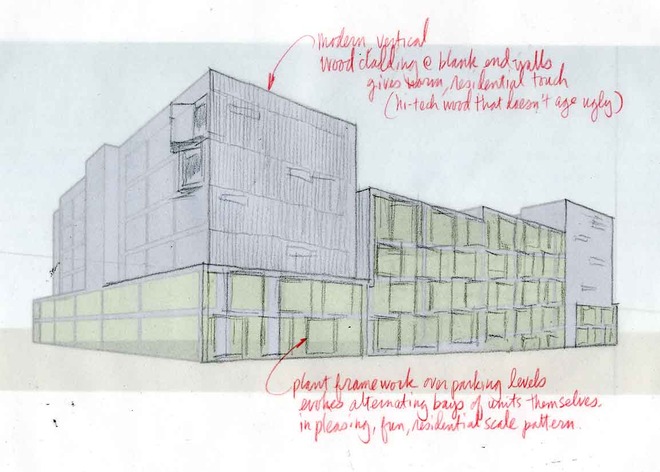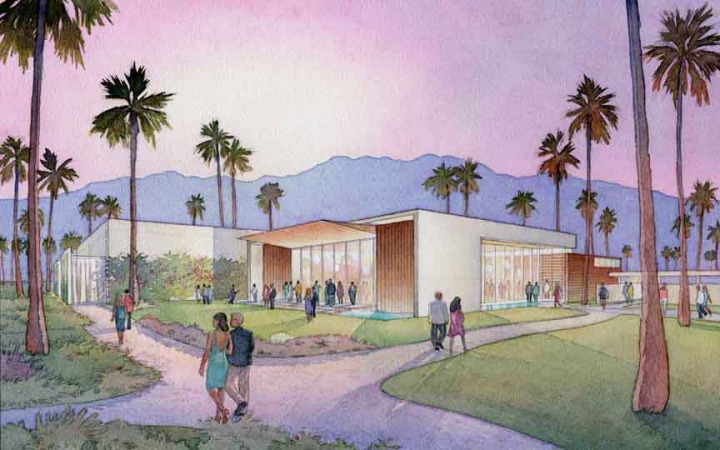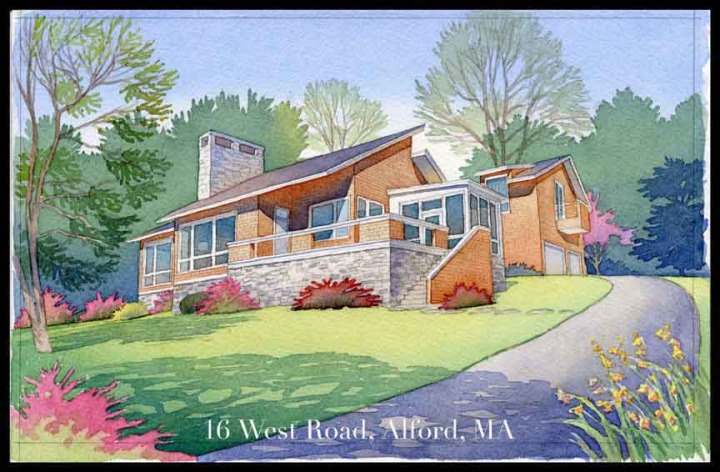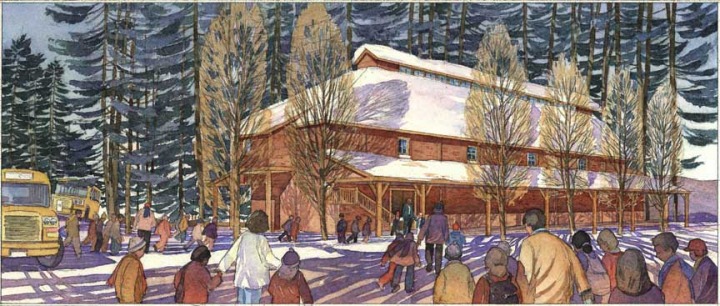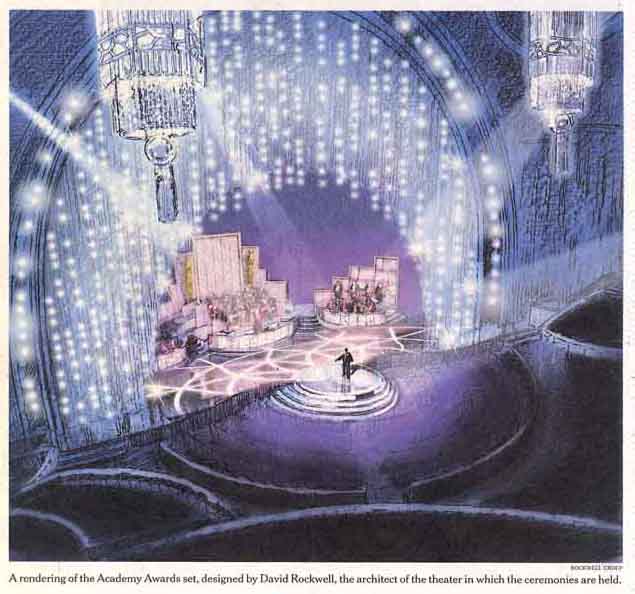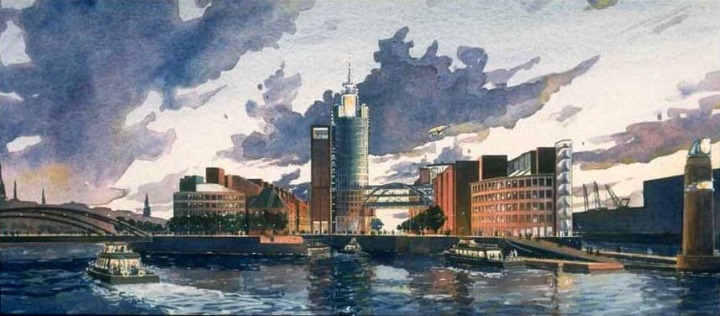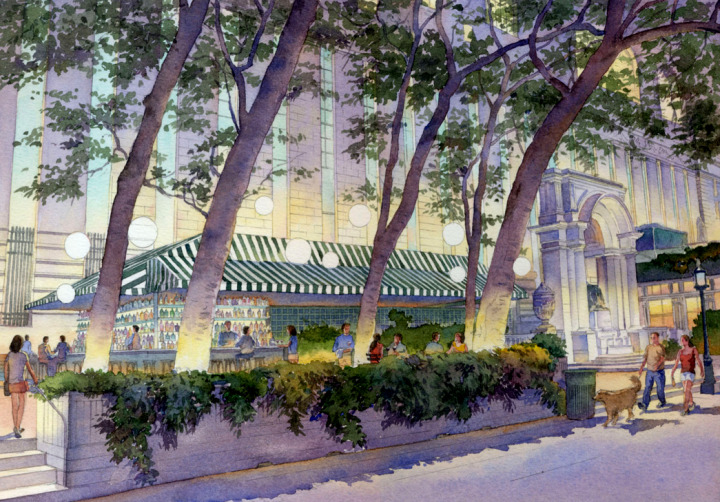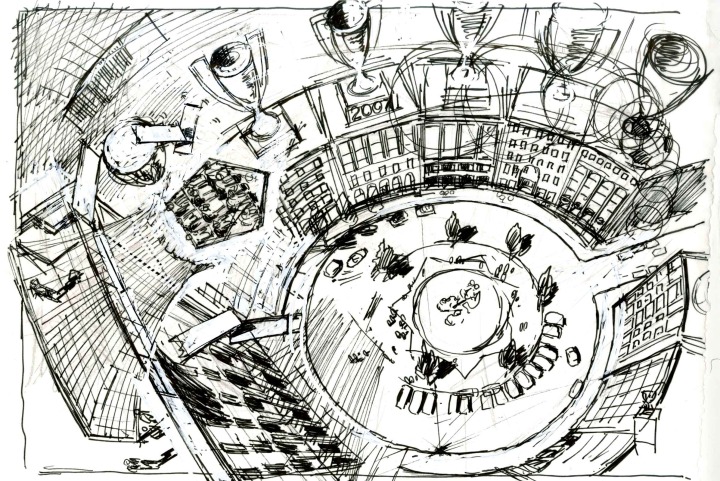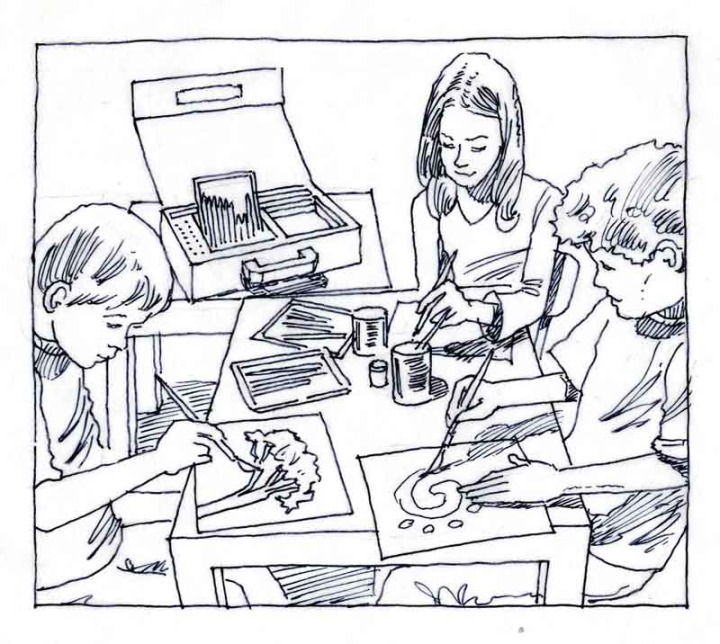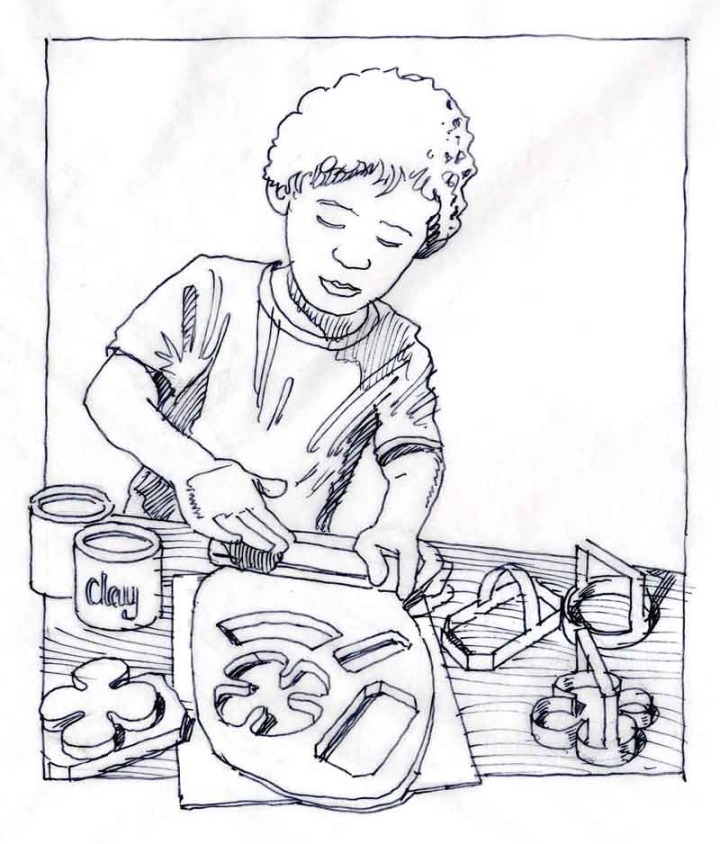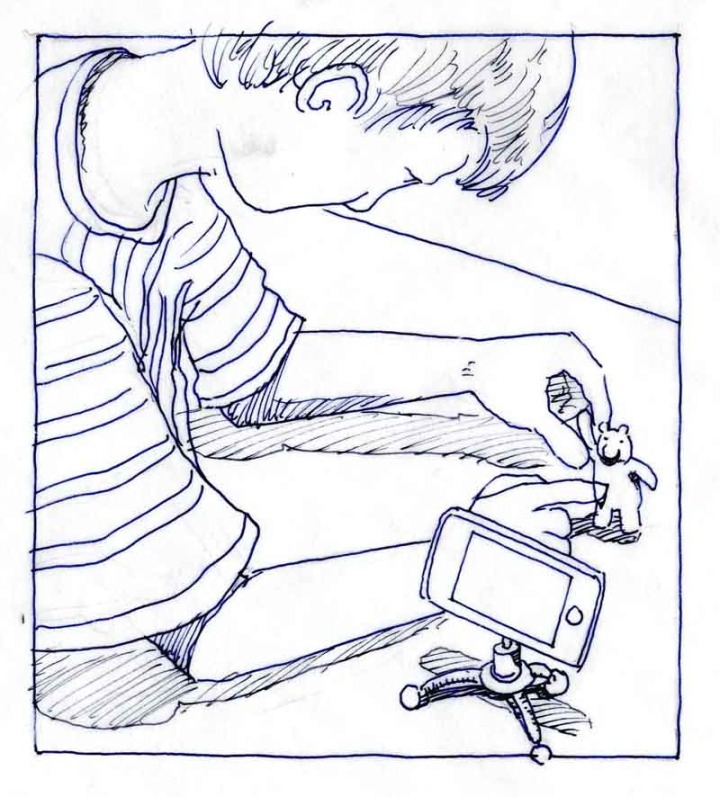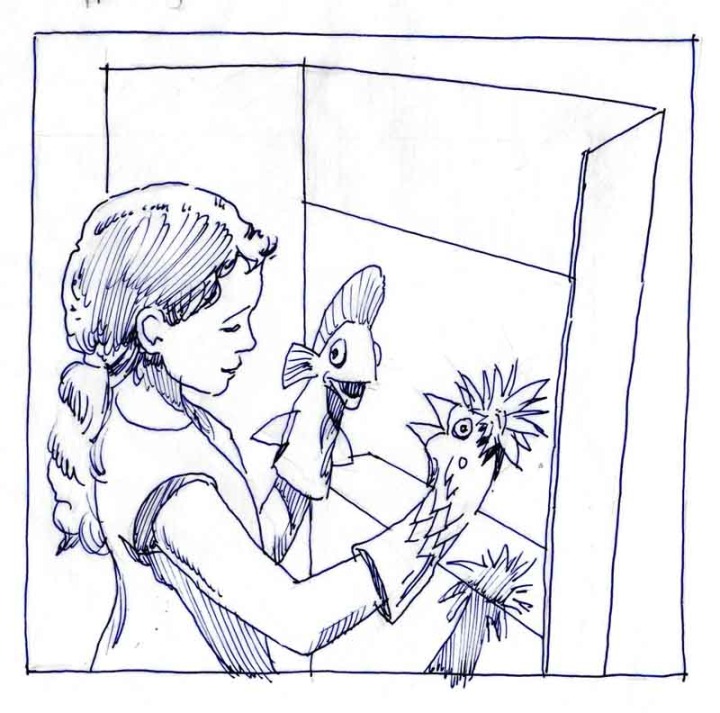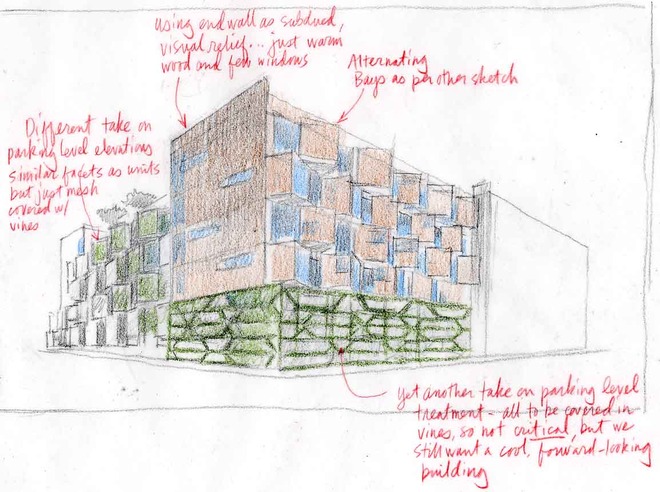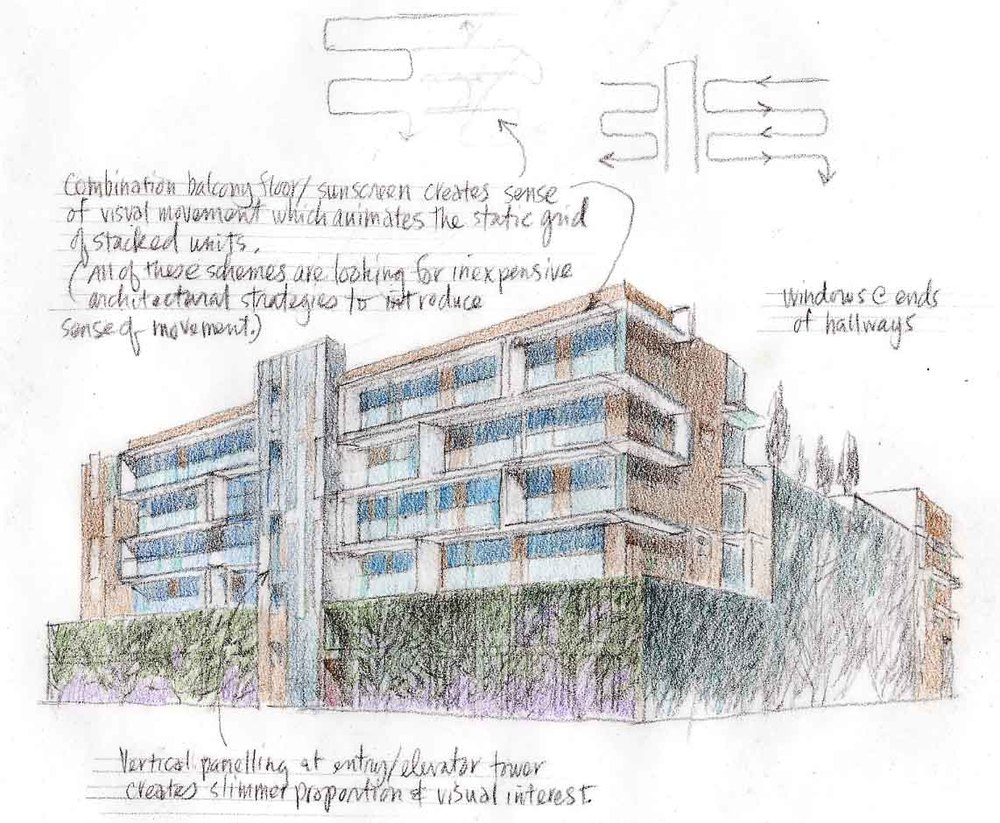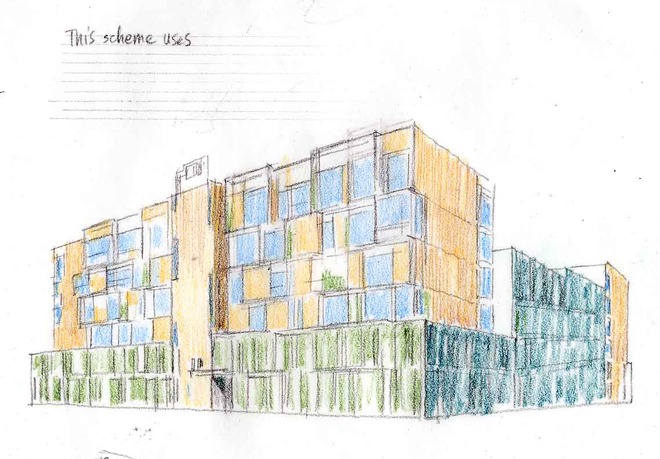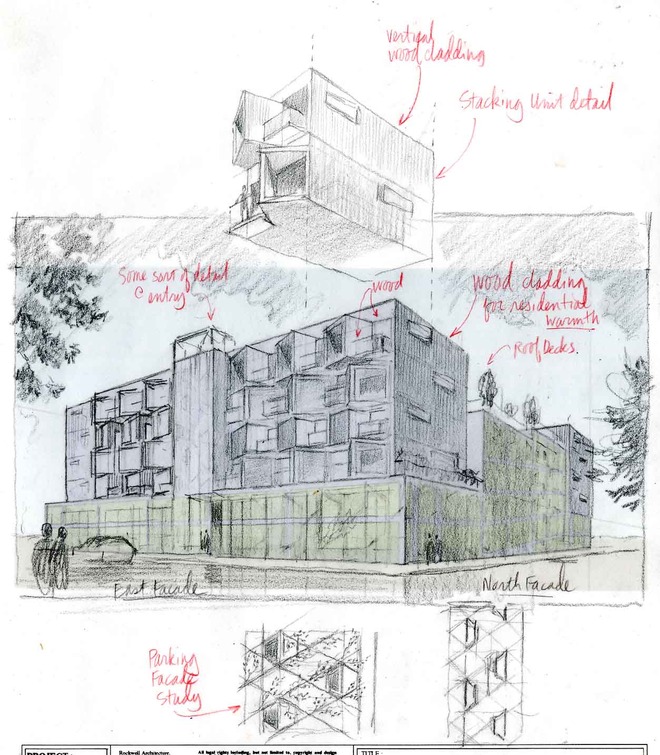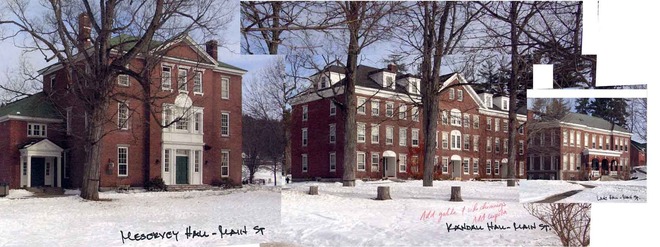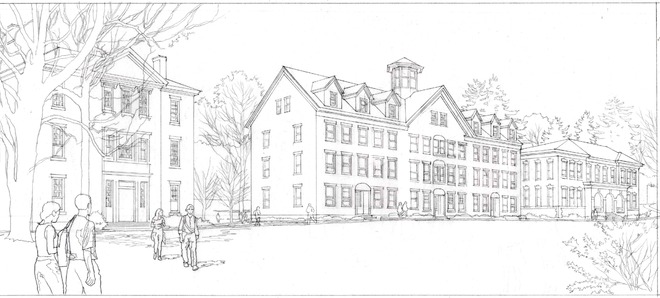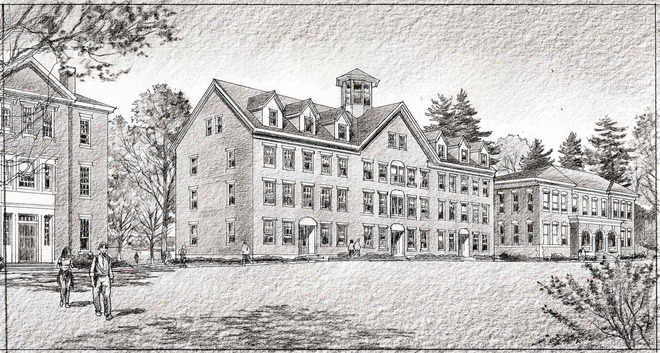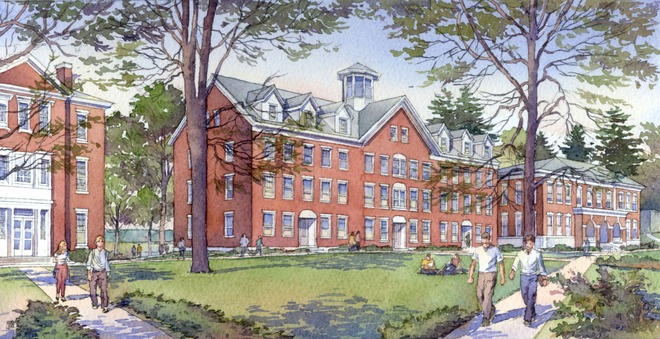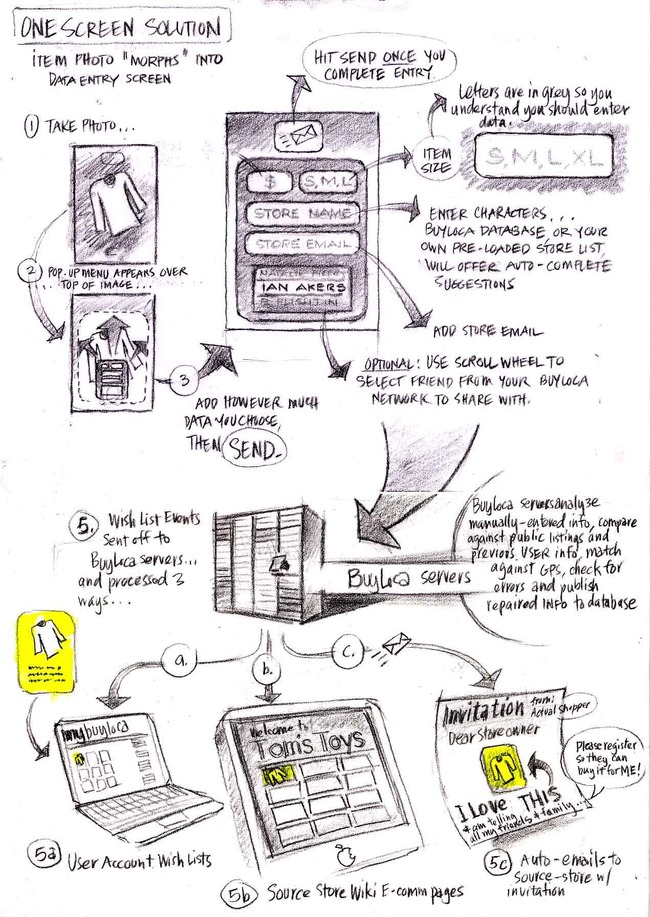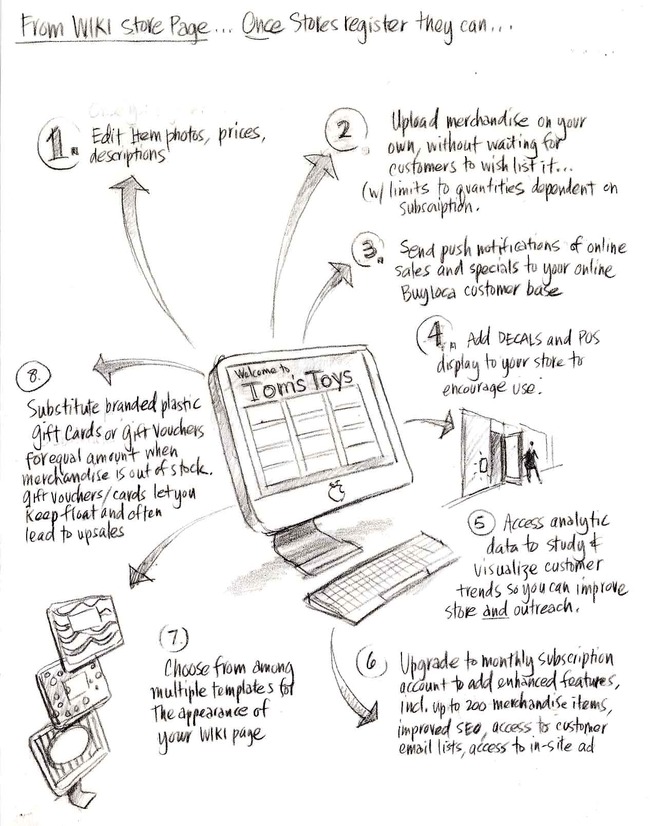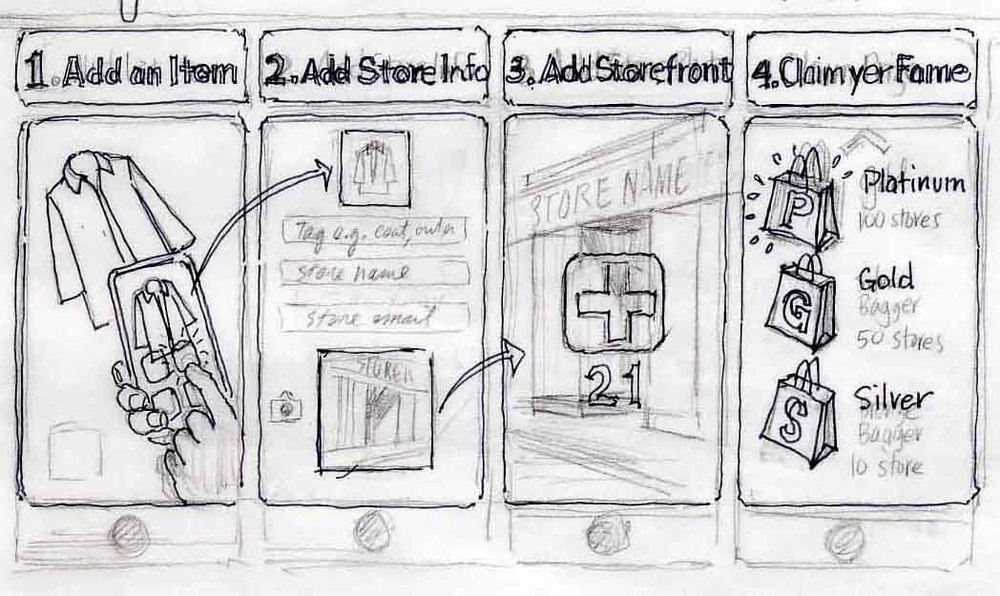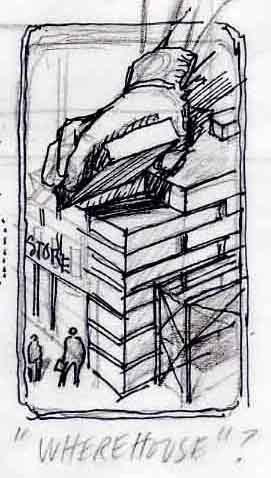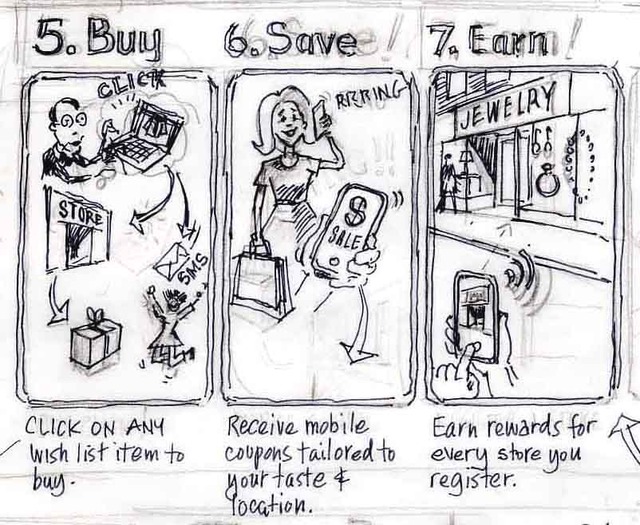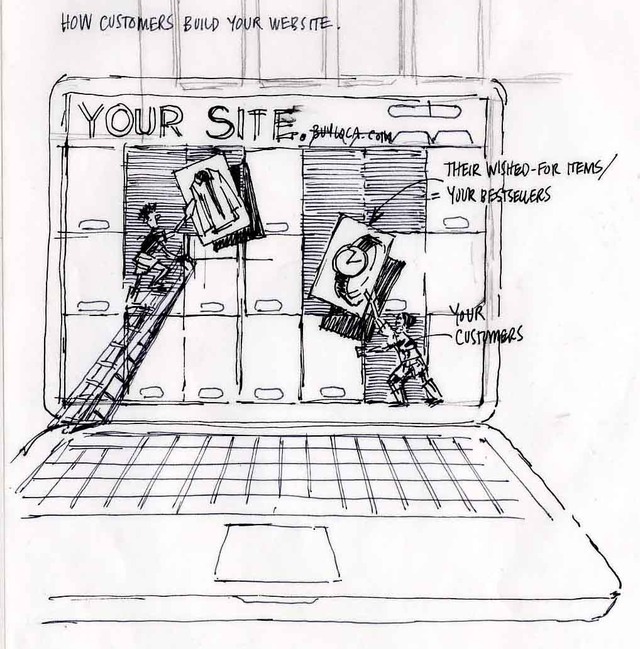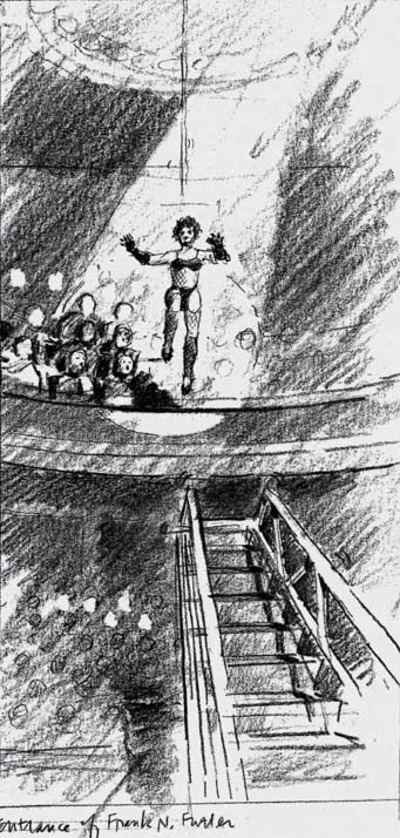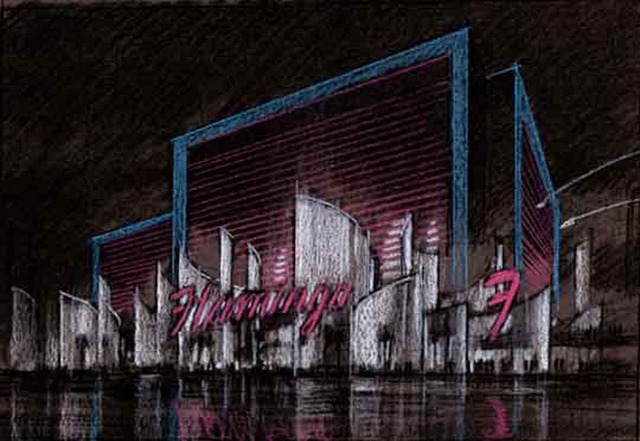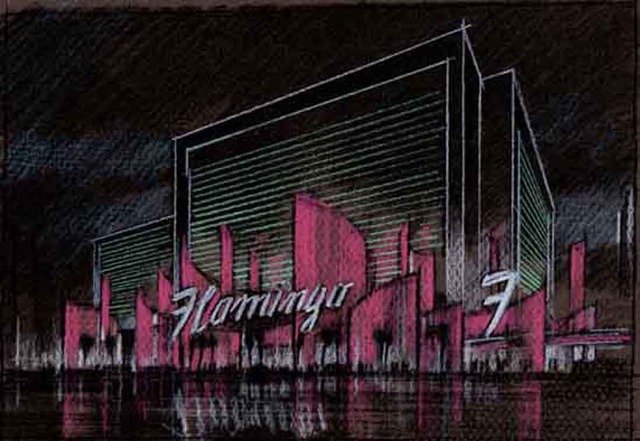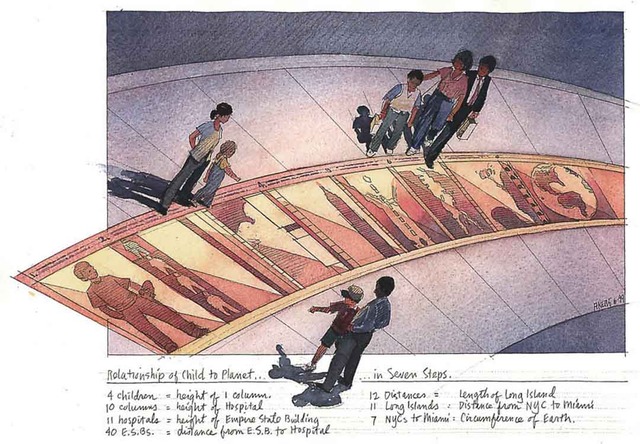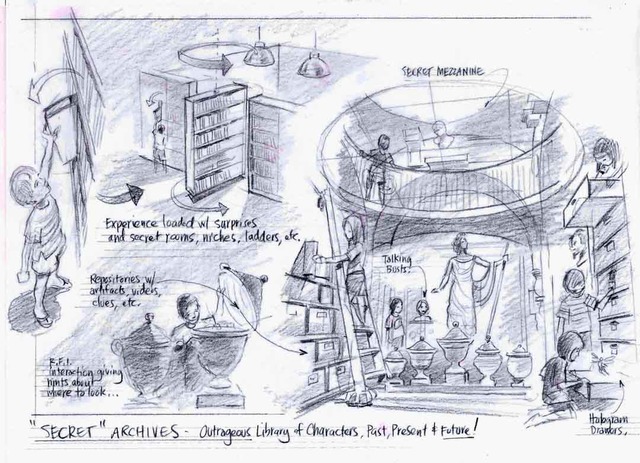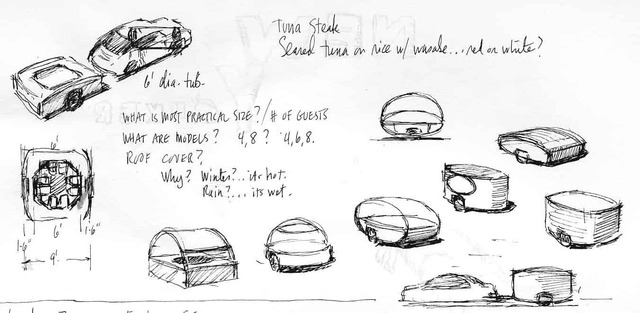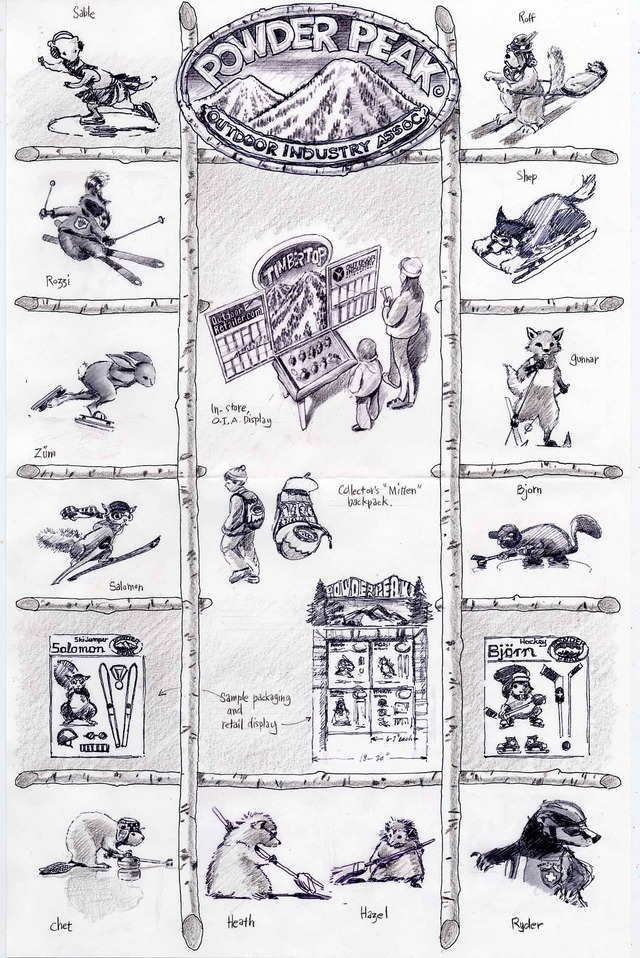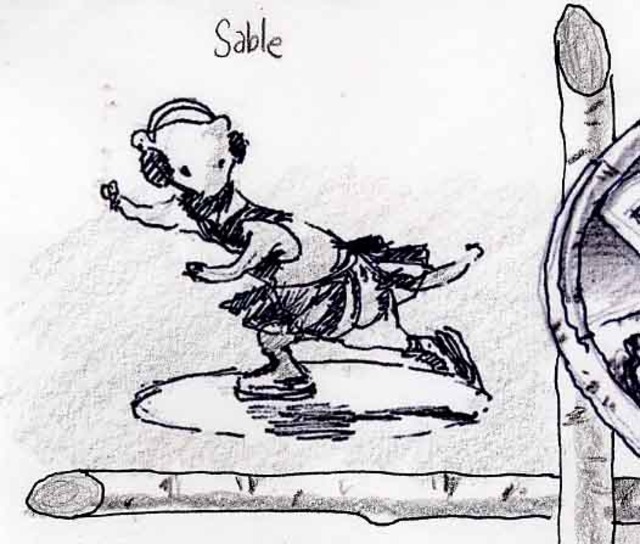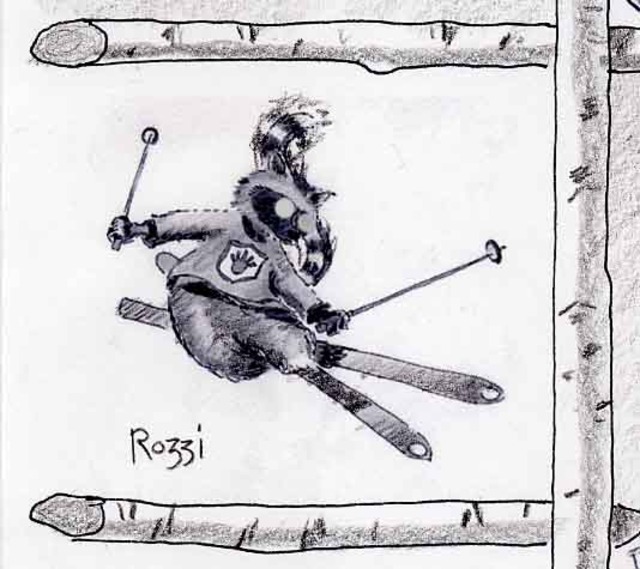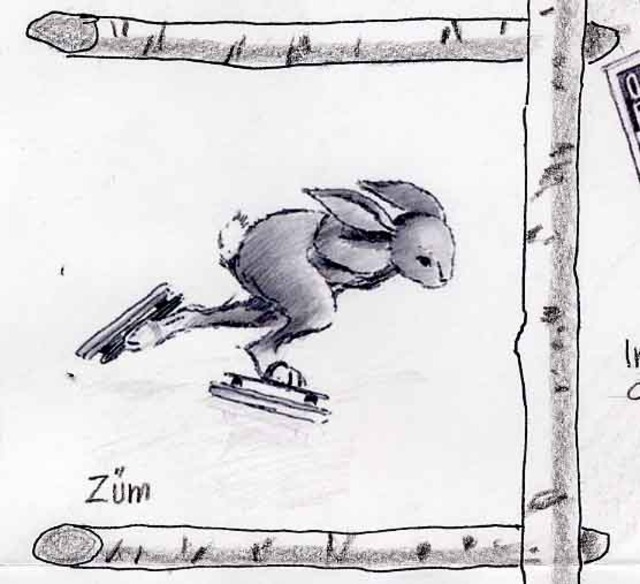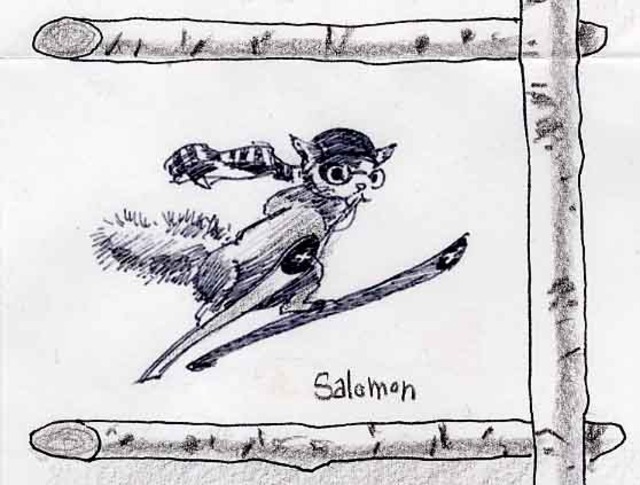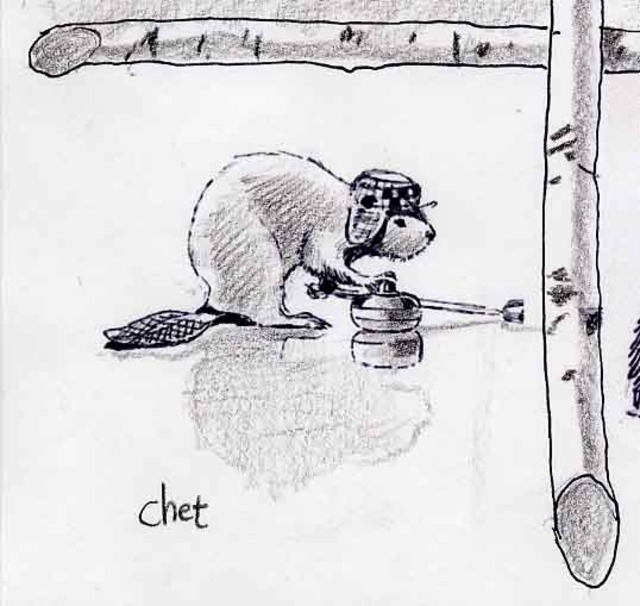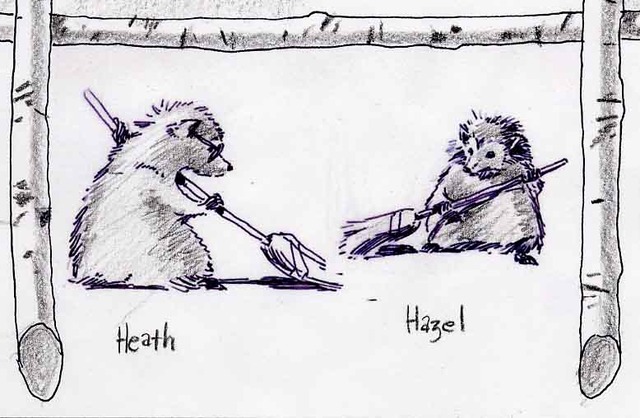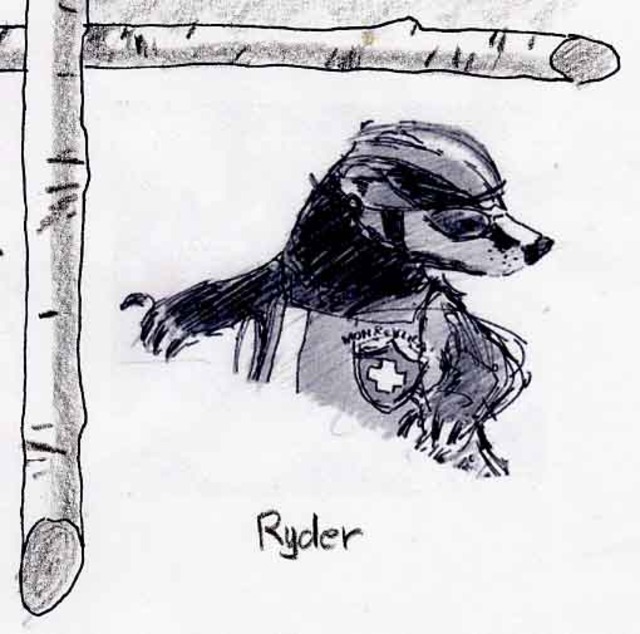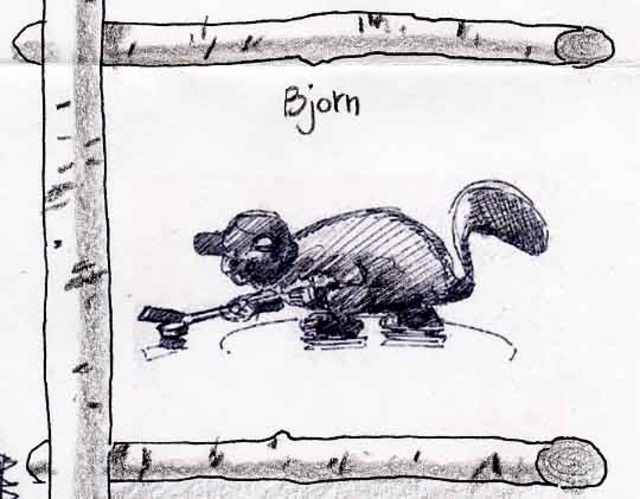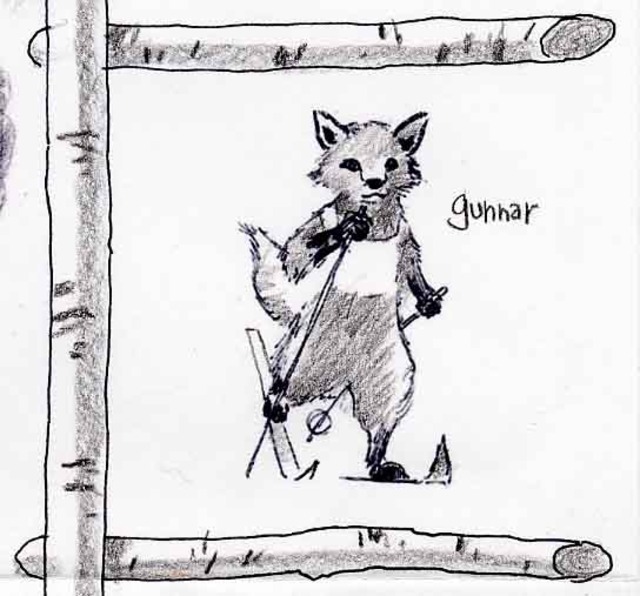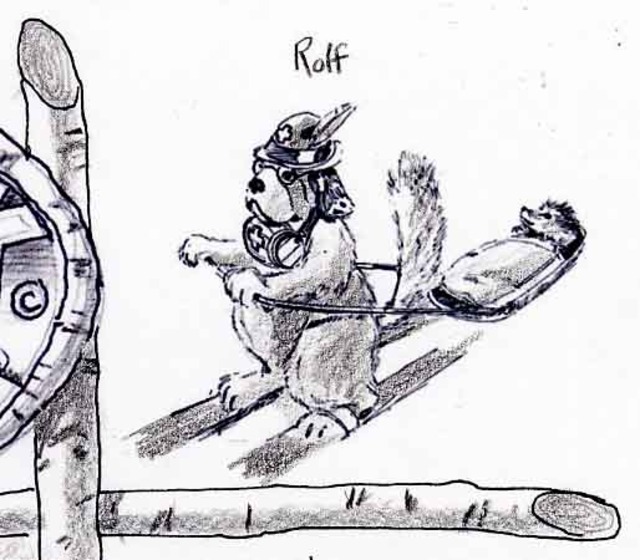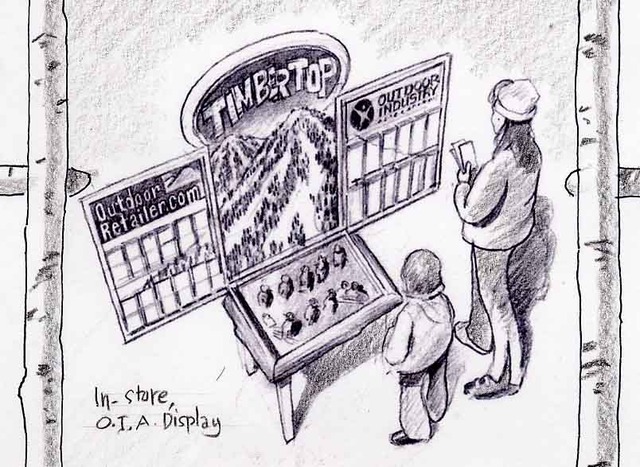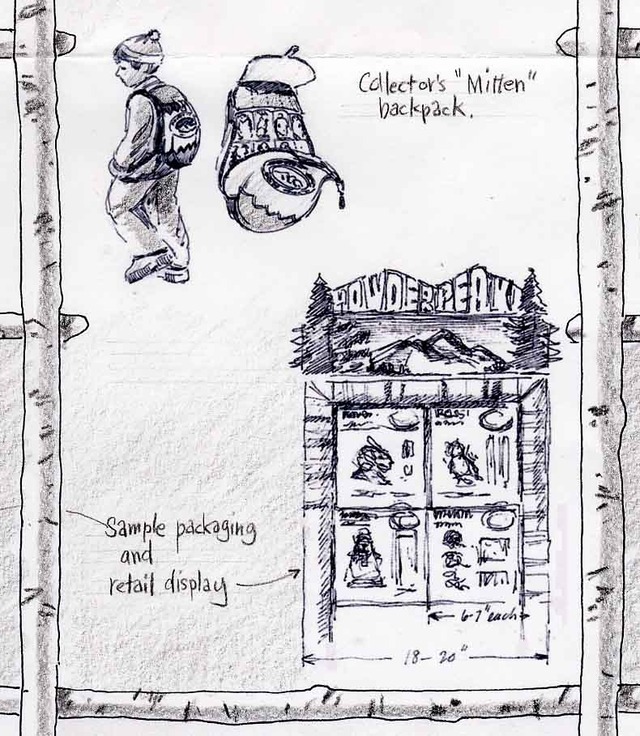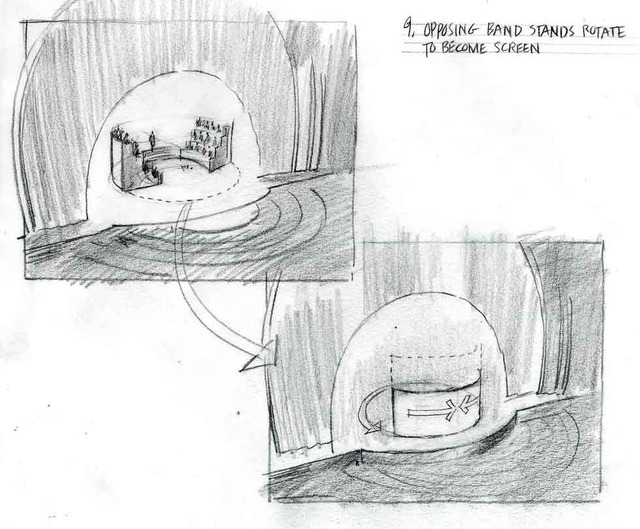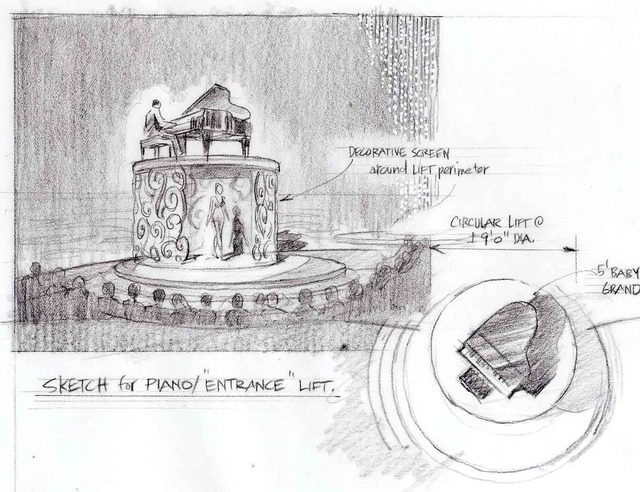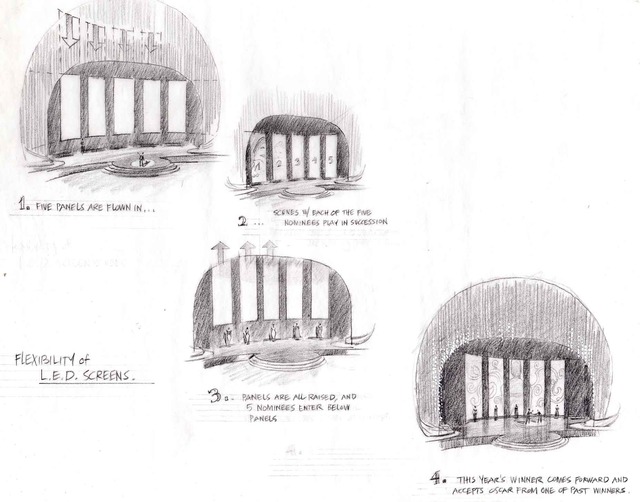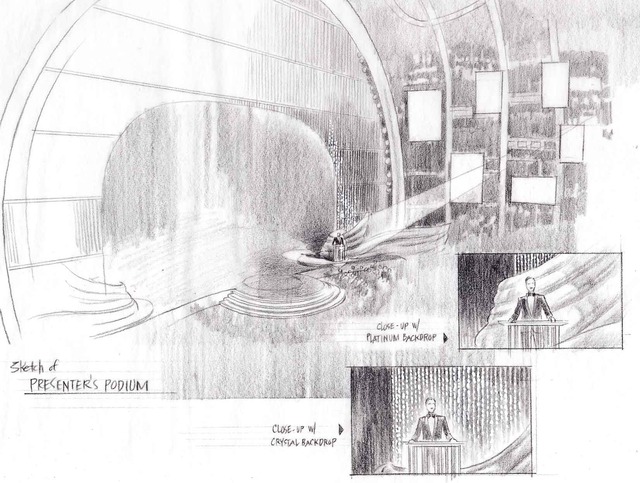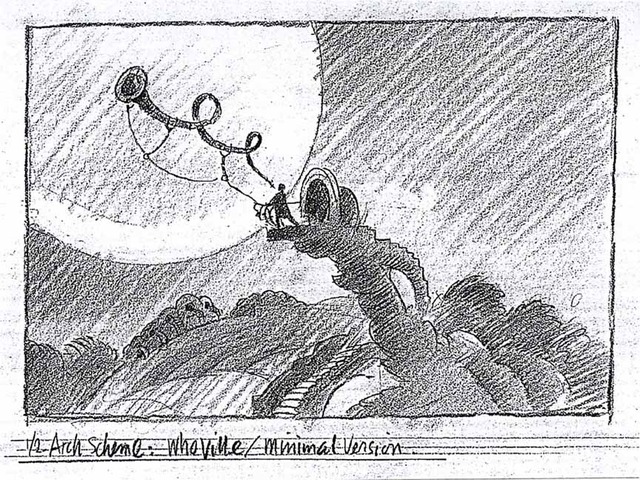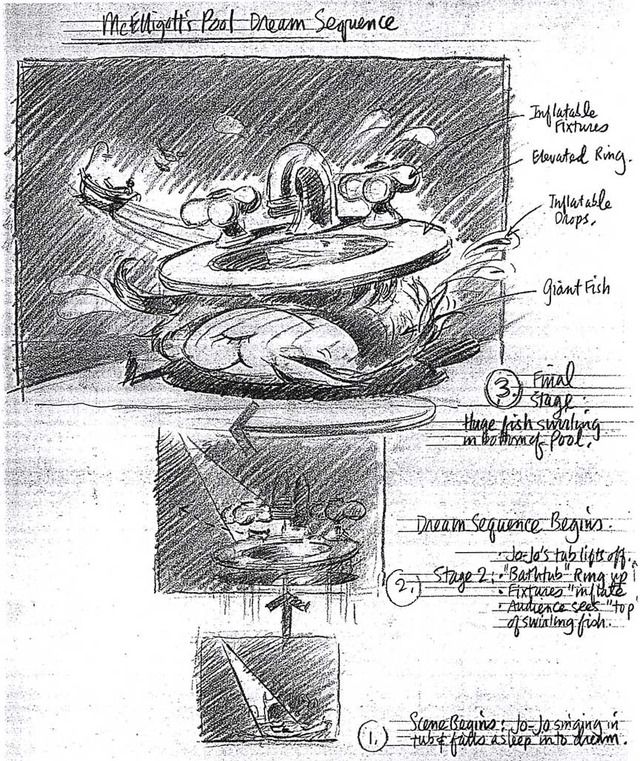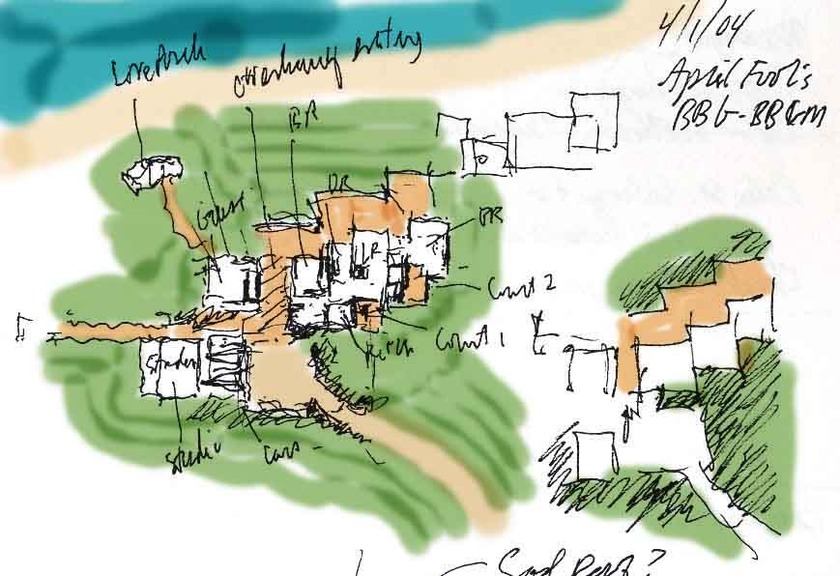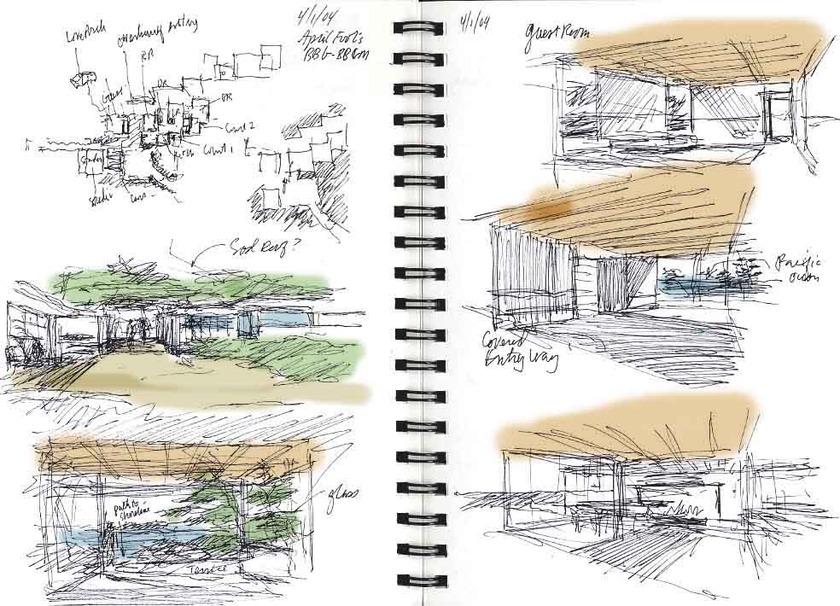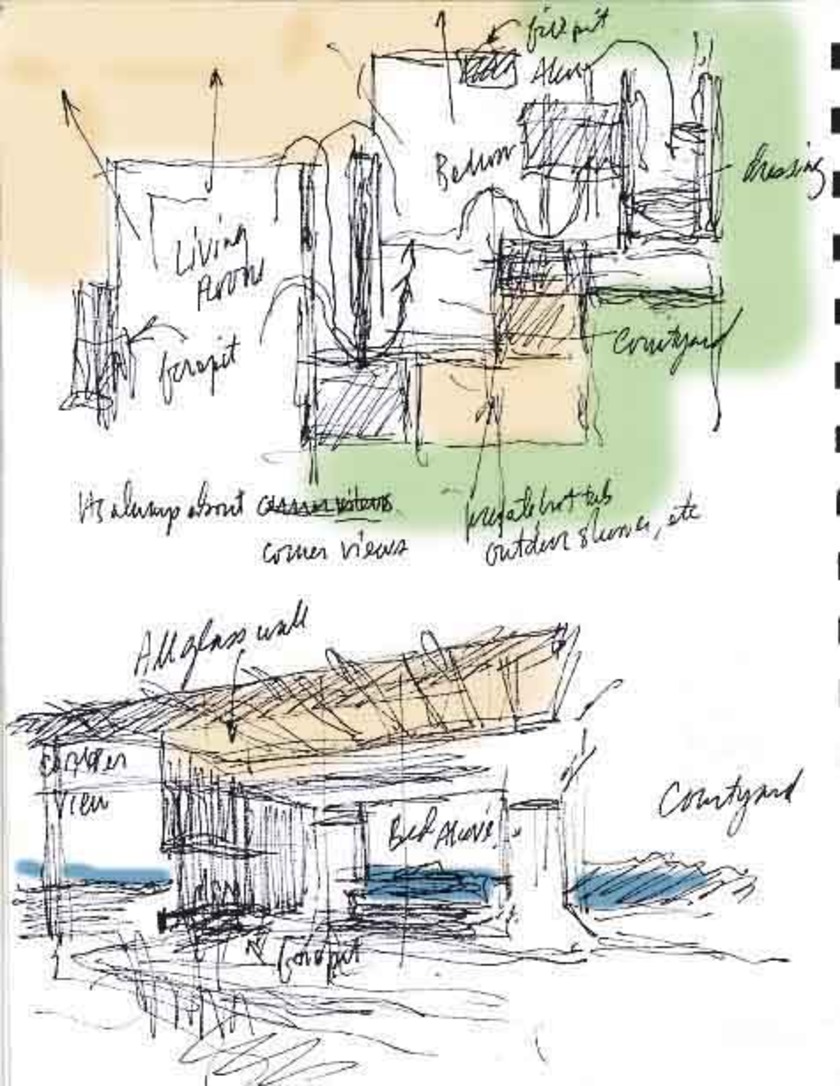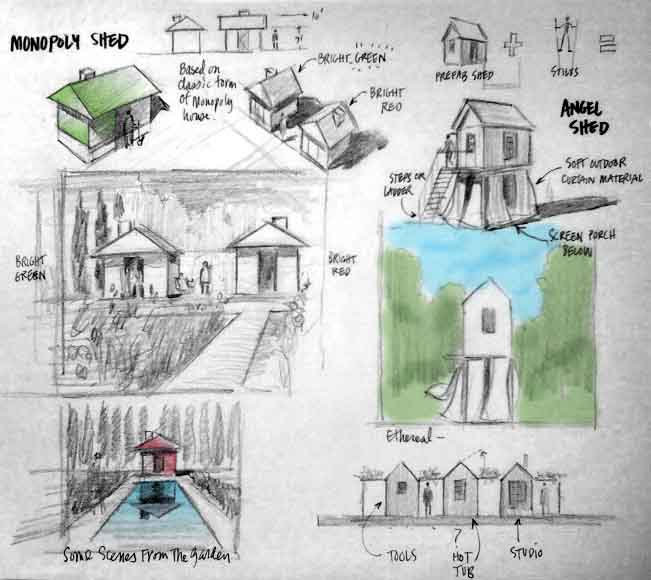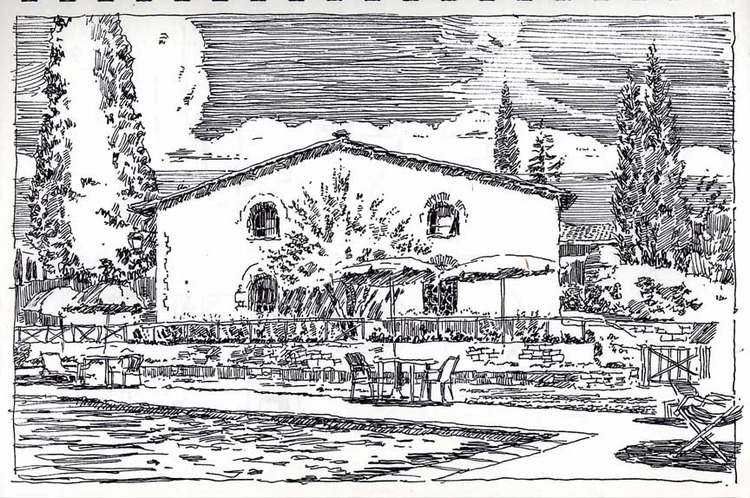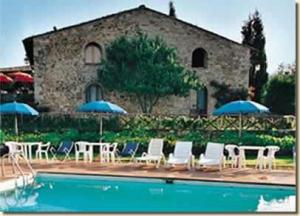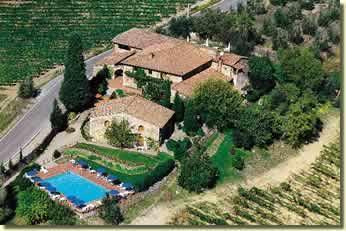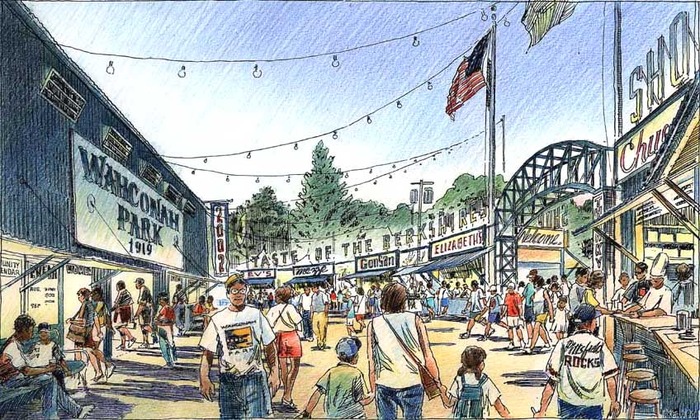Well, readers, this marks the introduction of the start up mobile and web app that a team of us have been working on for the last year. BuyLOca is 100% intended for the use and benefit of the LOCAL independent businesses who... well, wait, I'll just copy in the press release. Enjoy, and be sure to check out the wireframe diagrams at the end of how the mobile and web app will work.
Press Release, May 21, 2010
from BALLE conference in Charleston, SC
Introducing buyLOca (in beta)...
A Shopper-driven Solution For Sustainable Local Ecommerce
BuyLOca is the mobile (iPhone) and web app that allows shoppers to make photo-based wish lists--tagged with price, location and store name--then share them with friends and family via email and over social networks (because who couldn't use a little help with the 50 gifts--from birthdays to graduations to holidays to housewarming parties that families of four feel "obligated" to exchange every year. Make that 25 for couples without kids.)
BuyLOca is, of course, meant to be a huge convenience for shoppers, but it's also designed to do something VERY cool for local independent merchants and service providers. The magic occurs when buyLOca aggregates shoppers' wish list photos to both users' homepages, and to FREE "wiki" store pages for the local businesses from where items are listed (since 90% of these businesses lack the resources to build their own ecommerce capability and can use the help in competing with malls, big box stores and online retailers!). Bottom line? As shoppers share their wish lists via email and social network: 1) THEY get what they really want from friends and family on gift giving occasions; 2) BUSINESS OWNERS get free ecommerce pages (built spontaneously from their customers' wishes, which turns out to be an efficient and powerful form of online search recommendation engine) and viral word of mouth advertising over customers' social networks, and; 3) the NETWORK EFFECTS create a virtuous cycle and drive even MORE TRAFFIC TO LOCAL BUSINESSES and BUY LOCAL PROGRAMS .
Additionally, as growing numbers of store owners add items and services to their free pages, local goods and services in general become more visible to ORGANIC SEARCH (where according to Forrester Research, an astonishing 90% of all discretionary shopping begins these days), allowing random online shoppers to find the goods they're searching for LOCALLY before they reflexively venture off to malls, big box stores and online retailers. The fact that wish listers and their favorite stores will tend to be in the same area means that buyLOca will also save last minute gift buyers (i.e. all of us) the growing expense of 1-,2- or even 5-day shipping typical of last minute online purchases.
In summary, buyLOca helps--at the scale of the individual online and offline shopper--to make the connections between producers and consumers that the best Buy Local networks seek to make, and SHIFTS a portion of day-to-day shopping--starting with gift buying--back to the local businesses that form the heart and soul of our local communities (and--in striking contrast to the policies of national chains--the supporters of our local Little League teams and High School Musicals:).
Although buyLOca begins as an app that makes gift giving easier, more accurate and more meaningful, its MISSION is to revolutionize local ecommerce and help sustain local economies by: 1) cataloging and uploading local goods and services "one wish list at a time;" 2) encouraging local businesses to upload more of their local goods and services to their free pages, and; 3) laying the foundation for a mobile and web channel that allows a million-plus resource-challenged local businesses to extend the geographic and seasonal markets for their goods and services to a global online and mobile audience.
BuyLOca is looking for communities that would like to help us beta test the service, and for angel investors who would like to be a part of the team working toward a 2010 holiday season launch. Please call Jamie Akers at 413-250-8800 if you wish to help with either. Thank you for your time, and remember, we are in beta, so we invite you to help us make buyLOca better with your suggestions in the comments section.
The following diagrams--though one generation old--give the general idea for how the mobile and web app will work.





